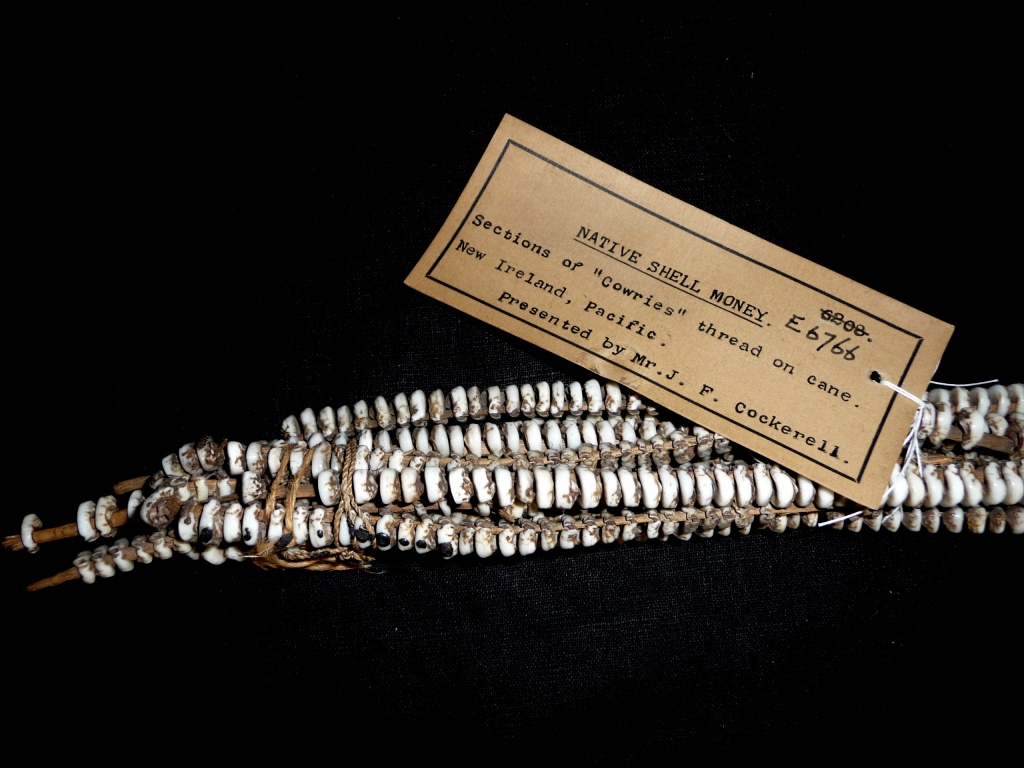An archipelago of wonder, the Maldives were comprised of about 2000 small islands dotting a tropical sea in the shape of a long, narrow circle. In the unique, ancient language of the islands, Dhivehi, the name of archipelago was Male-dvipa. Its capital island was named Male.
The Sultana

The MaldivesBy NASA, MODIS / LANCE – https://lance-modis.eosdis.nasa.gov/cgi-bin/imagery/single.cgi?image=Maldives.A2017038.0850.250m.jpg, Public Domain,
During the Middle Ages, around 1350 AD, the archipelago was under the rule of a queen, the Sultana Rehendhi Khadijah who belonged to the Theemuge Dynasty, a local ruling family that had been converted to Islam some hundred years prior by Islamic missionaries. She assumed the throne after having her brother assassinated. Then, when her husband took the throne from her, she had him assassinated and took the throne back. Then again, when her second husband took the throne from her, she had him assassinated and took the throne back. She was one of the first female Islamic rulers in history and ruled well for thirty years.
The Economy
The currency of the islands were seashells called cowries, which were commonly used as an accepted form of currency throughout the Indian Ocean. Their chief imports were gold, pottery, and chicken. Their exports were many types of fish and fruits and the coconut. With the coconut, they were able to invent many wonderous products.
First of all was coconut honey, which was derived from the juicy flesh inside of the coconut. Coconut oil could also be drawn from the kernel or meat of the coconut. And parts of it could be dried into edible chips. And, of course, coconut milk was a staple in the Maldivian diet.
Coconut palm leaves were used as paper, which they would etch into with a curved iron blade to write. Copper plates were also used to record text.

Strings of Seashell Currency, Cowrie – Queensland Museum – CC BY-SA 3.0 

Lōmāfānu, Copper Tablets of the Maldives
Rope could also be made with the coconut. They would pull its hairy fibers called qanbar, or coir, dry and tan them, pound them straight, and then have the women spin the fibers into rope-cords, which would be used as binding in ship-building. These coconut-fiber ropes were stronger than hemp and more durable than wood-and-nail when withstanding coral reefs. Largely for this reason, this rope was one of their chief exports to India, China, and al-Yaman.
Domestic Culture
The signature dish of the islands utilized coconut milk in combination with a most popular fish, the qulb al-mas in Arabic, or the kalu bili mas in their native tongue—the black bonito in English. It was a red-fleshed fish without much of a fishy smell. It would be lightly cooked and smoked in palm-leaf baskets. Then, Chinese yam root would be ground into a powder or flour and rolled into a kind of pasta to be fried in coconut milk. This would be served alongside the black bonito.
Women would go topless with only a cloth wrap around their waists. They were bound to keenly serve their husbands. A wife would be responsible not only for feeding her husband, but also for anointing him in perfumes and oils every morning, and covering him with a blanket before bed. They would not eat in front of their men. Their diets, which included the abovementioned black bonito and coconut pasta as well as jamun, citron, orange, and colocasia made them extra sexually excitable and gifted in that particular department. And because the ruling kingdom at the time had converted to Islam, the taking of multiple wives, concubines, and sex-slaves was permitted.
However, the people of the Maldives were not serious adherents to Islam. For example, when the famed Moroccan traveler Ibn Battuta served as the qadi, or religious judge of islands, he repeatedly failed in trying to institute reforms to ban the freedoms of women. For example, he ordered all women cover their breasts and bodies and stop going around topless. However, none complied and all of the local, ancient traditions of the islands remained untouched by Islam. His attempts to punish and fine people in violation of the stricter tenants of Islam eventually made him unpopular and led to him being removed as qadi. Furthermore, since the islands were relatively poor compared to the economies of major continental kingdoms, Ibn Battuta was able to afford many women—that is, he could pay for all of their living needs and have huts built for them beside his. He took four royal wives and several concubines, all of whom he divorced before leaving the Maldives. It was a rule on the islands that Maldivian woman can marry foreigners but may never leave the islands.
The Paradise
To quit with this story, I shall leave you with Ibn Battuta’s parting impression of it. As he sailed out of the archipelago, he claimed to have caught a glimpse of true paradise: a man was living on a small white-sand island, surrounded by warm blue-green coral waters, with only his wife and little children, a few coco-palms, banana bushes, and a small boat with which he fished daily and lived in peaceful serenity, unthreatened and undisturbed by the vile wretchedness of manmade civilization.

Source: Source: Ibn, Batuta, and Tim Mackintosh-Smith. The Travels of Ibn Battutah. London: Picador, 2002. Print.
Categories: Medieval
take me there now!
LikeLike